
How to Build a Custom Home: A 2025 Step by Step Guide
The custom home building process is exciting and rewarding process. Not only do you get to design and create the perfect living space for yourself and your family, but you also have the opportunity to incorporate unique features and personal touches that will make your home truly one-of-a-kind.
Before embarking on this journey, it's important to understand that building a custom home requires dedication, patience, and careful planning. In this guide, we will walk you through the key steps of building a custom home and provide valuable tips to help you make informed decisions along the way.
The Process for Building a Custom Home
Building a custom home is a large step in ones life that not everyone gets to take. If you are building a custom home for the first time there is a general process that is not a bad idea to follow. Down below we have listed out steps that you can follow for the custom home building process. We recommend that you follow these steps with a licensed custom home builder like Skyline Build & Design.
Finding the Right Location
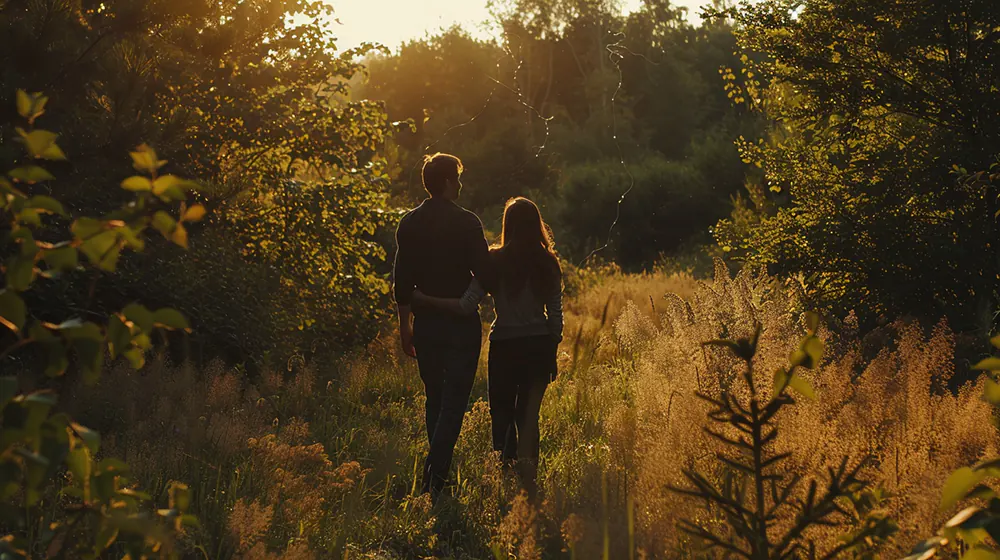
The first step in building a custom home is finding the right location. This is crucial as it will determine not only the physical address of your new home but also the surrounding community and amenities. Some key factors may include neighborhood safety, availability to water, electricity, and internet, and zoning regulations and building codes of that area.
Once you have narrowed down your options based on these factors, it's important to also consider the topography and landscape of the land. This will impact the design and construction process, as well as the cost of building.
Designing Your Dream Home
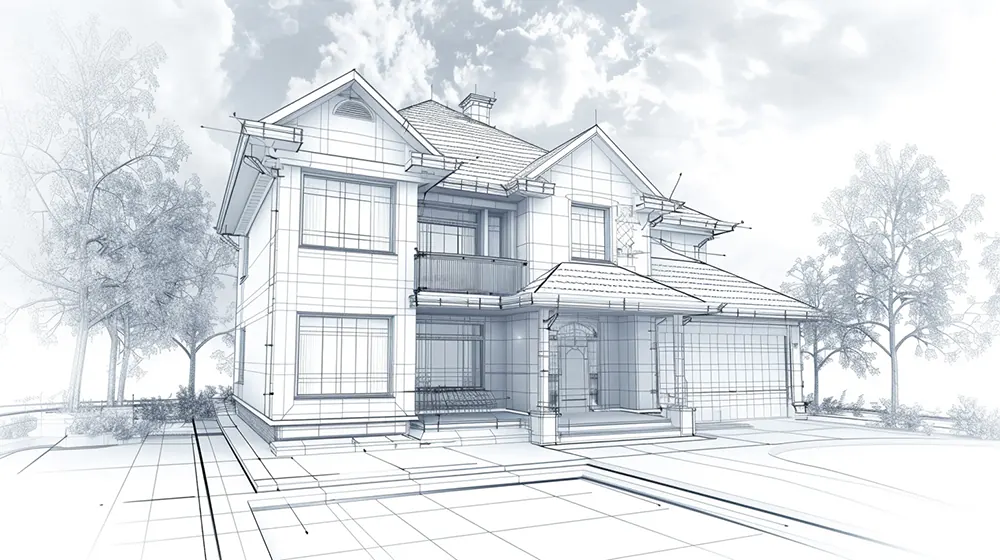
After securing a suitable location, it's time to start designing your dream home. This is where you can get creative and let your imagination run wild. You want to consider the size and layout of the home, how many bedrooms, bathrooms, walk-in closets, bonus rooms you want and begin to get creative with your outdoor space. Also, the architectural style and design, the functionality, and the flow of the space you are working with.
It's important to work closely with an architect or interior designer during this process to ensure that your vision is accurately translated into a feasible plan. They can also provide valuable insights and suggestions based on their experience.
Interior Design of Your Custom Home
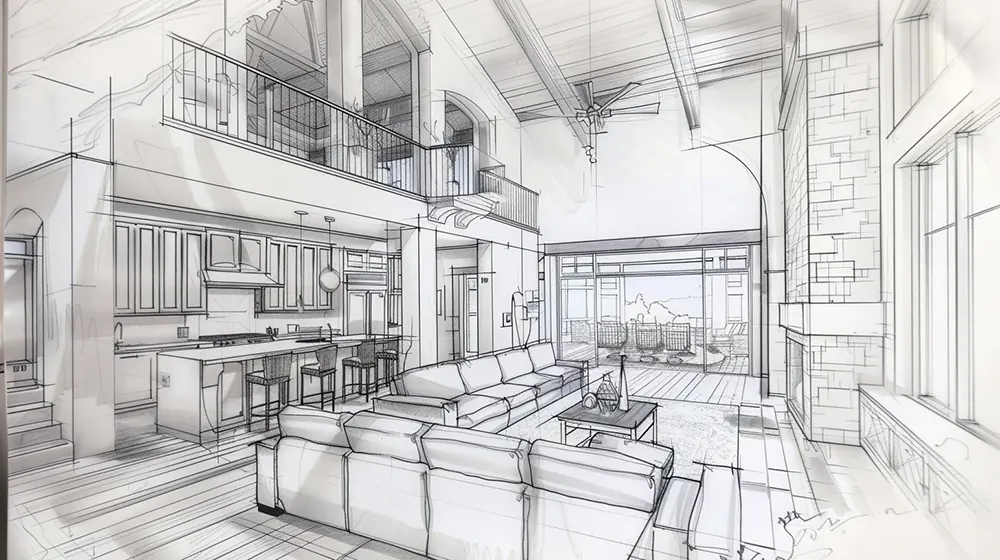
The interior design of your custom home is where you can truly express your personal style and make the space uniquely yours. In this stage, you will choose everything from flooring, paint colors, cabinets, countertops, appliances, and lighting fixtures. How you want your laundry room and living areas designed, and so much more.
It's recommended to create a mood board or visual inspiration to help guide your decision-making process. This will also come in handy when communicating with your contractors and suppliers.
Creating a Budget

Building a custom home is a significant investment and it's important to create a realistic budget breakdown before starting the construction process. This should include not only the cost of materials and labor but also additional expenses such as permits, fees, and unexpected costs.
When creating your budget, be sure to allocate funds for any special features or upgrades that you want to incorporate into your home. It's also a good idea to have a contingency fund in case of any unforeseen expenses.
Loans for Custom Homes

Unless you have enough cash to cover the cost of building a custom home, you will need to obtain a construction loan. These loans are different from traditional mortgages and often require a higher down payment.
When researching lenders, be sure to compare rates and terms from multiple sources to ensure that you are getting the best deal possible. It's also important to factor in any potential delays or changes in the construction timeline when deciding on a loan term.
Hiring the Right Team: Skyline Build & Design
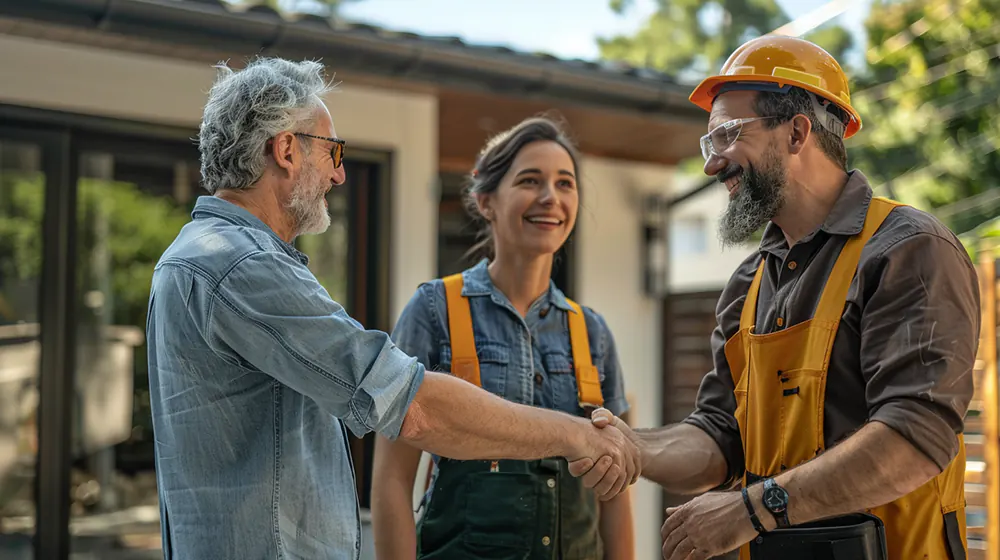
The success of your custom home project largely depends on the team you hire to bring it to life. This includes architects, designers, custom home builders, general contractors and other professionals. Take the time to research and interview different candidates before making your final decision.
With years of experience in custom home building, Skyline Build & Design has the expertise and dedication required to bring your dream home to life. We understand that building a custom home is not just about constructing a structure, but about creating a personalized home that reflects your unique style and preferences. Our collaborative approach ensures that every detail of your vision is captured and implemented with precision.
Skyline Build & Design
At Skyline Build & Design, we pride ourselves on our commitment to quality, transparency, and customer satisfaction. From the initial design phase to the final touches, we work closely with you, ensuring that every stage of the building process is seamless and stress-free. Our team is full of highly skilled professionals, including architects, designers, and craftsmen, all dedicated to achieving the highest standards of excellence in every square foot of your future home. We utilize only top-quality materials with the latest construction techniques to guarantee that your home is not only beautiful but also durable and energy-efficient.
Permits and Approvals
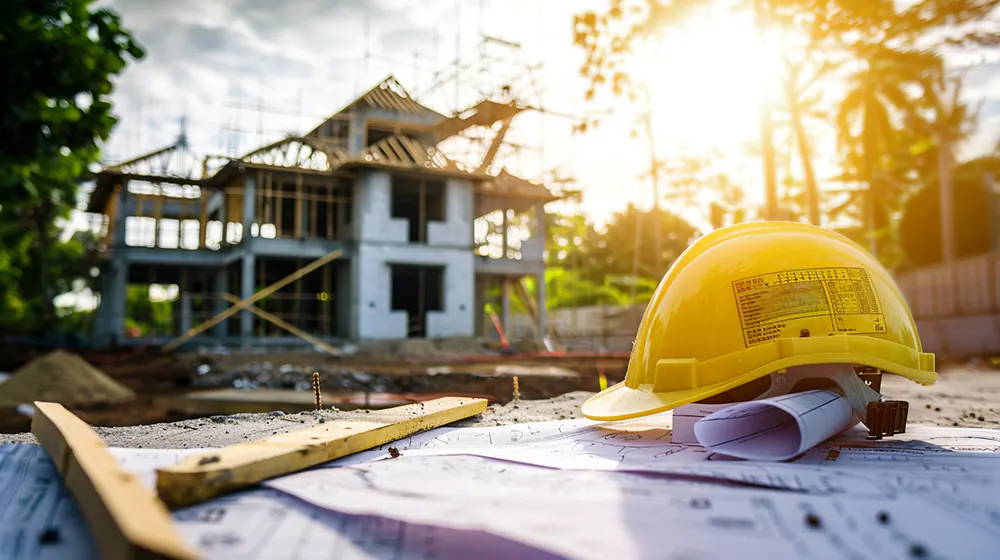
Before construction can begin, you will need to obtain permits and approvals from the local government. This process may vary depending on where you live, so it's important to research and understand the requirements in your area. Some of the most common permits you might need is zoning and building permit, electrical, plumbing, and HVAC system.
It's important to factor in the time and cost of obtaining these permits when creating your budget and timeline.
Construction Process
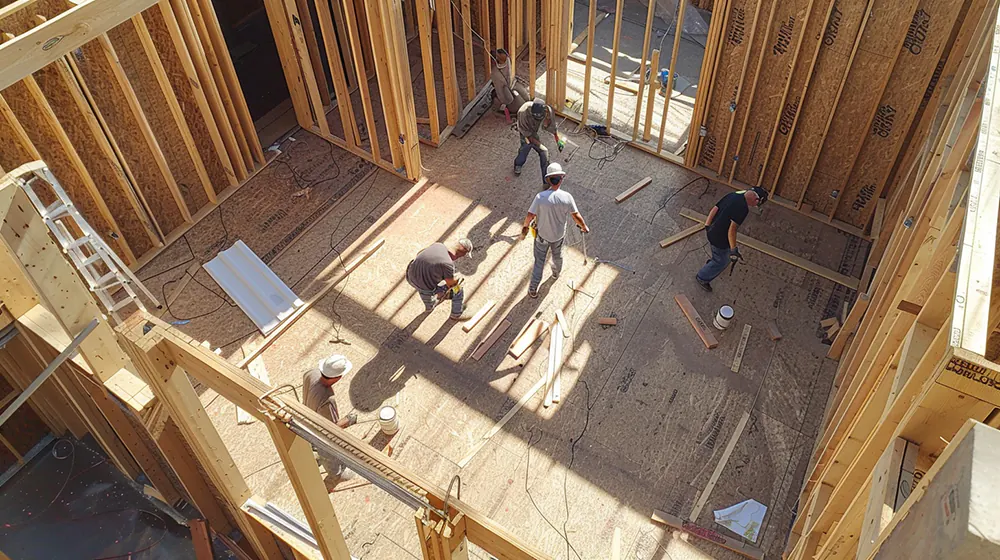
Once all the necessary approvals have been made and you have secure financing, it's time to begin construction. This typically involves several phases, including foundation and framing, roofing and insulation, plumbing and electrical work, and interior finishes such as painting, flooring, and cabinetry. It is easy to keep track with all that is going on if you create a construction schedule. This helps you know what will happen, is currently happening, and is going to happen. The builders will also begin working on interior components such as installing insulation and building up interior walls.
During this process, it's important to communicate regularly with your custom home builder and team to ensure that the project is progressing according to plan. You should also make regular visits to the construction site to monitor progress and address any concerns.
Final Touches
Once the construction of your custom home is complete, it's time for the final touches. This includes landscaping, installing fixtures and appliances, painting and decorating the interior, and adding any finishing touches that will make your dream home truly complete.
It's important to take your time during this stage and pay attention to every detail, as it will be the final result of all your hard work and planning. And finally, enjoy the satisfaction of seeing your dream home come to life.
So, take a deep breath and congratulate yourself on building a beautiful custom home that is uniquely yours. With careful planning and the right team, you have created a space that reflects your personal style and meets all of your needs.
Move-In and Maintenance
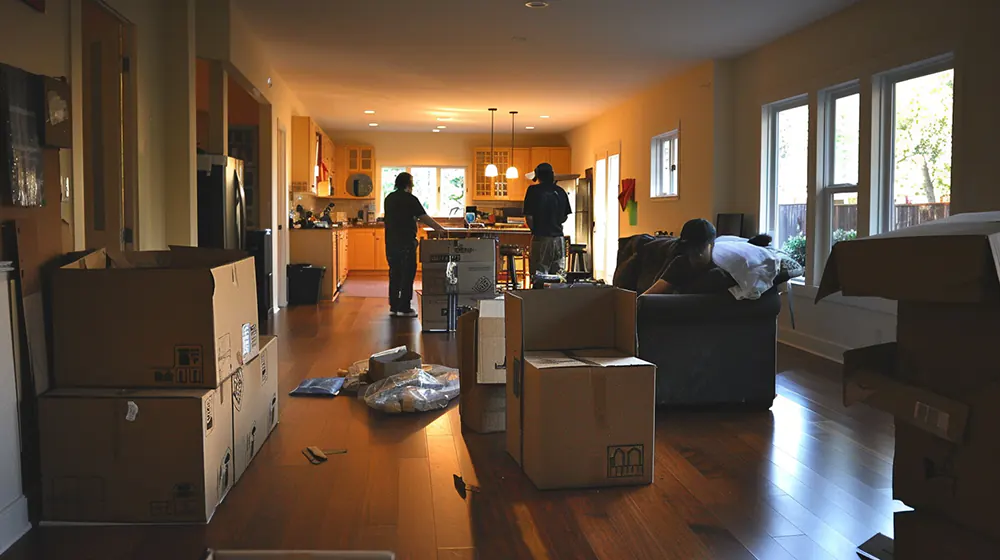
Once construction is complete, it's time to move into your new custom home! Before settling in, it's important to do a thorough inspection of the property with your team to ensure that everything has been built according to plan and meets your expectations.
It's also important to establish a maintenance routine for your new home. This can help prevent any potential issues and ensure that your home remains in top condition for years to come.
Additional Tips for Building your Own Custom Home

Here are a few tip to keep in mind while building and designing your perfect dream home. Most importantly, consider incorporating energy-efficient features into your home design to save money in the long run. You should be prepared for unexpected delays or changes, as they are common in the home building process. Take advantage of technology by using 3D renderings or virtual reality tools to get a better idea of how your home will look before construction begins.
Also, Don't overlook small details such as storage space, lighting, and electrical outlets when designing your home. Lastly, consider incorporating sustainable materials and design elements to reduce your environmental impact.
Resources for Building a Custom Home
If you're feeling overwhelmed or unsure about where to start with your custom home project, don't worry. There are plenty of resources available to help guide you through the process, such as:
- Online guides and articles on custom home building
- Books and magazines on home design and construction
- Local builder associations or organizations
- Friends and family who have gone through a similar experience
Frequently Asked Questions
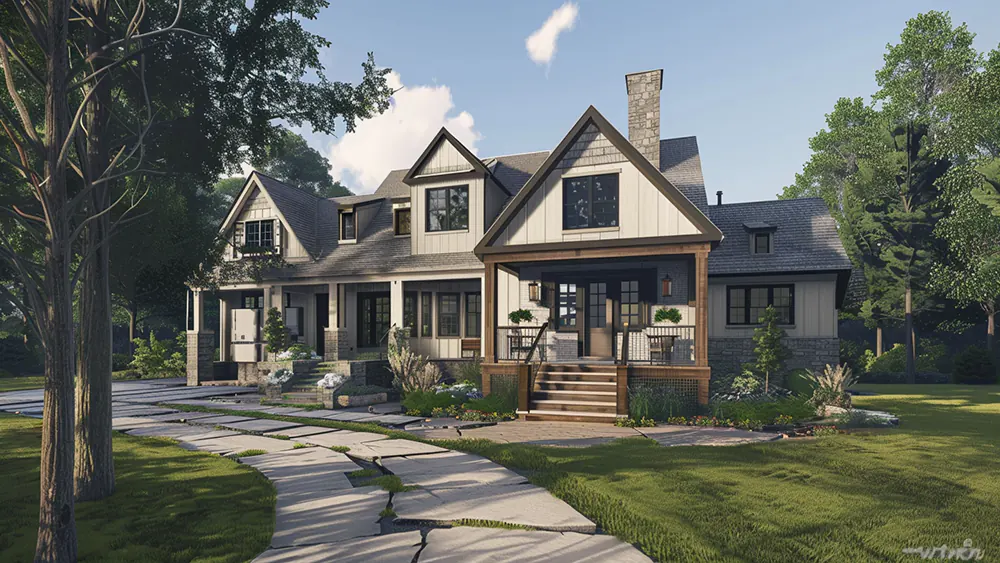
How long does it usually take to build a custom home?
The timeline for building a custom home can vary greatly depending on factors such as the size and complexity of the project, location, weather conditions, and availability of materials and labor. On average, it can take anywhere from 9 months to 1 year or more.
Can I make changes to the design during the construction process?
It's possible to make changes, but they may come with additional costs and delays. It's best to discuss any potential changes with your team before construction begins.
How much can I expect to spend on a custom home?
The cost of a custom home can vary greatly depending on several factors such as location, size, materials, and finishes. It's important to have a clear budget in mind and communicate it with your team to ensure that the project stays within your financial means.
Do I need to hire an architect for my custom home?
While it is not always necessary to hire an architect, they can bring valuable expertise and creativity to the design process. It's important to carefully consider your needs and budget before making a decision.
Is it better to buy or to build a house?
There is no definitive answer to this question as it largely depends on individual needs and preferences. Building a custom home allows for more control over the design and can result in a more personalized living space, while buying an already-built house may be more time-efficient. It's important to weigh the pros and cons of each option before making a decision.
What is the most expensive part of building a custom home?
The most expensive part of building a custom home is usually the construction process itself, including labor and materials. However, other factors such as land acquisition and design fees can also contribute significantly to the overall cost.
Conclusion
Building a custom home is an exciting and rewarding experience, but it also requires careful planning and decision-making. By following the tips and advice outlined in this guide, you can ensure that your custom home project runs smoothly and results in your dream home becoming a reality.
Remember to take your time, communicate effectively with your team, and be prepared for unexpected challenges. With patience and perseverance, you'll soon be enjoying the comfort and satisfaction of living in your very own custom home.




